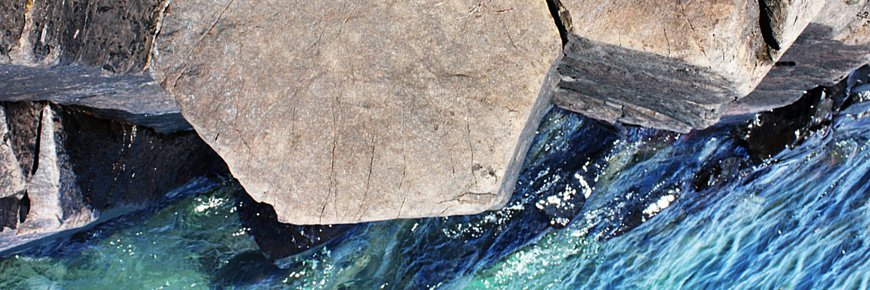
Geology
Lake Superior National Marine Conservation Area
During the Wisconsin glacial period 10,000 years ago, ice covered Lake Superior to a thickness of approximately 3,200 metres. With the last major glacial retreat, debris formations known as moraines remained covering the underlying bedrock. The tremendous weight of the glacial ice compressed the underlying rock strata but once released, the earth slowly rebounded. The result of this isostatic rebound is seen today in sometimes dramatically terraced landscapes on both the mainland coast and some islands. The region also features unique geological formations such as columnar basalt outcroppings, geodes, and stromatolites (fossilized blue-green algae which are major constituents of the fossil record from the earliest periods of life on earth). Some of the world's oldest known rocks, about 2.7 billion years old, can be found on the Ontario shore of Lake Superior both within and adjacent to the Lake Superior NMCA.
- Date modified :